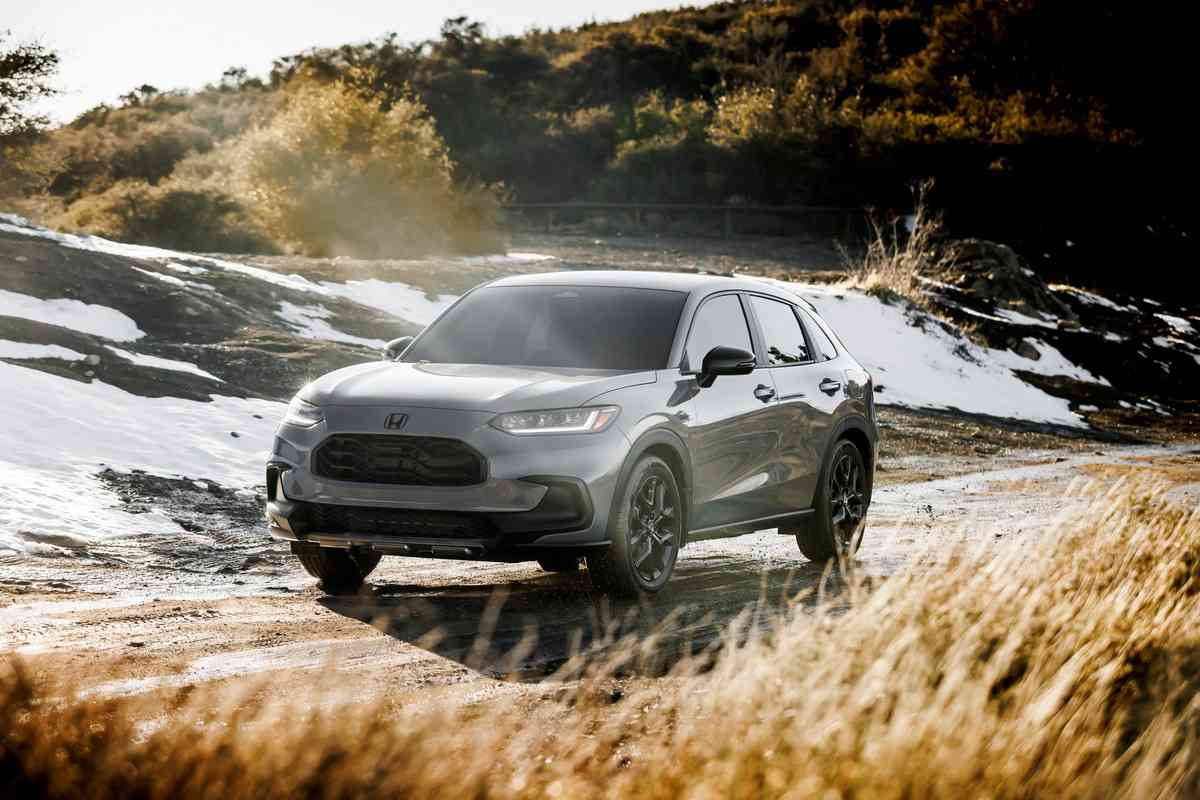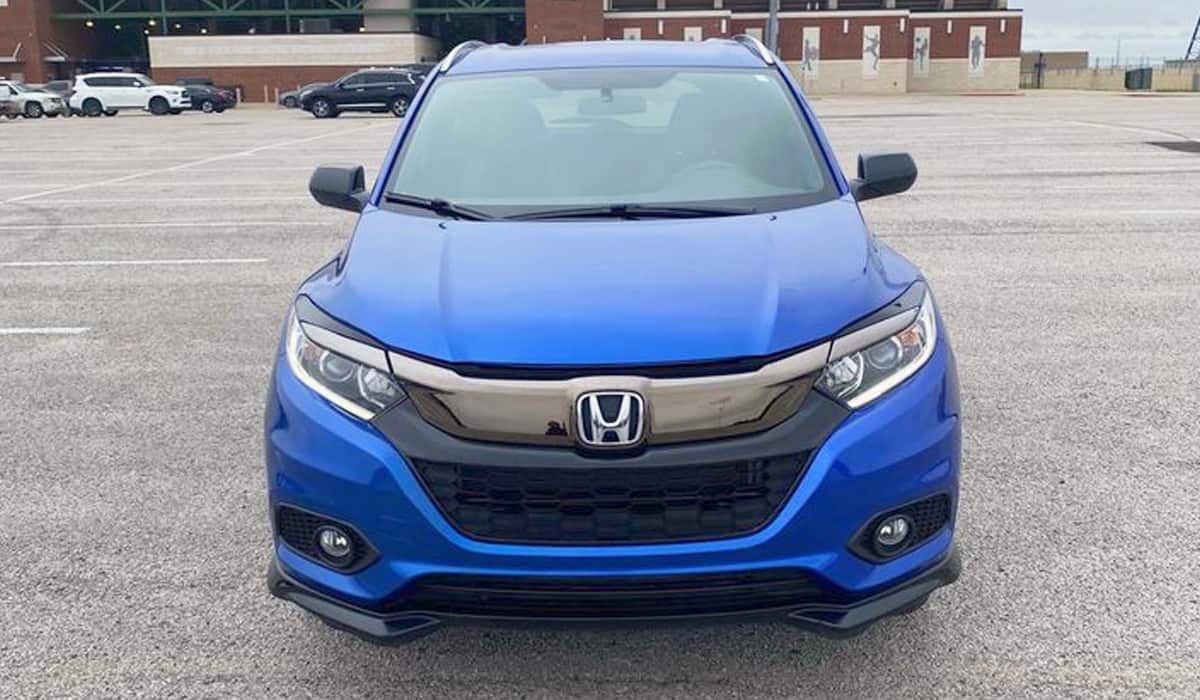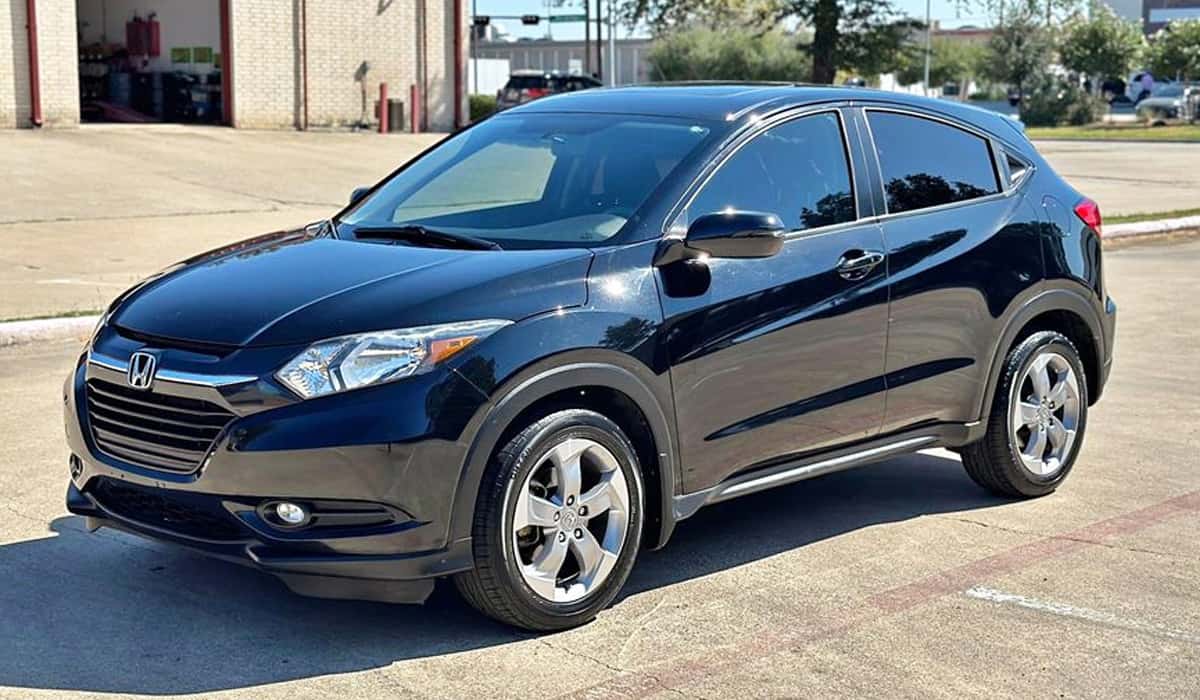The Best And Worst Years For Honda HR-V Models
The Honda HR-V has only had a few good years, with eight models being released. Overall, critics have praised the design as the car has good fuel economy and stands out in terms of its technology.
However, when buying a Honda HR-V, there are some models you should avoid due to safety issues. So, let’s find out the best and worst years for Honda HR-V crossover SUVs.

The best years for the Honda HR-V include the 2023, 2022, 2021, and 2019 models. The worst years are the 2016, 2017, and 2018 models. The 2022 HR-V is rated as the most reliable, and the 2016 model is the worst-performing HR-V.
Let’s take a look at the Honda HR-V’s reliability, its problem spots, its best and worst years, and its features.
Best and Worst Years For Honda HR-V: Reliability

After careful consideration, the most reliable model of the Honda HR-V would be the 2022 HR-V model. Honda manufacturers fixed most of the problems in previous models, making the design sleeker.
The 2022 Honda HR-V also has a smooth driving experience and receives the least complaints. This is the top candidate in our list of best and worst years for Honda HR-V models.
The engine comes with new-generation technology, and it features light steering, responsive brakes, and a durable body. For an SUV, the light-footed movement is rare and enjoyable to drive. The 141 horsepower competes with the CR-V and other compact SUVs and comes out on top in the price range.
While it may still be to gauge the longevity of this HR-V model, it has impressed so far.
Common Problems of the Honda HR-V
The most common problems faced by drivers with Honda HR-V are faulty CVT transmission and issues with the electronic brakes. The CVT would lag while shifting, wouldn’t accelerate properly, and was unresponsive to driver input.
Interior and exterior problems included the bad soy wiring, which some drivers reported was being chewed by rodents, defective paint that would peel or bubble, uncomfortable seats, and a poorly-designed headrest which caused back pain and headaches for drivers.
Some users also complained it’s not as powerful as other SUVs, but this was intentional on the part of Honda since the HR-V is more competitively priced.
What are the Best Years for the Honda HR-V?
A list of the best and worst years for Honda HR-V crossovers includes the good and the bad. Let’s start with the good.
The best years for the Honda HR-V are the recent models, from 2019 onwards. The 2022 and 2023 top this list.
Let’s discuss these models in detail:
The 2023 Honda HR-V Model
The 2023 Honda HR-V is a revamp of the original HR-V. It has a bigger engine, a more advanced steering wheel with motion-adaptive electric power steering, and lovely curb appeal. Other features include traffic jam assist, cruise control, and lane centering.
All these new add-ons, especially regarding safety and control, help the 2023 model stand out as one of the most reliable. However, it’s still too early to give a verdict on the long-term reliability of this car.
The 2022 Honda HR-V Model
The 2022 Honda is an upgrade to previous models and has improvements in many features. The safety features include frontal, side, and overhead airbags, vehicle stability assist and motion adaptive electric power steering.
It did not, however, do well on the side crash test, and its headlights were described as subpar.
The 2022 version has a versatile cargo area and a better resale value than the rest. In addition, the interior is spacious and welcoming, with comfortable seats.
There’s also an anti-lock braking system that senses the speed and prevents the brakes from locking up – a definite improvement from the problems previous models faced.
The 2021 Honda HR-V Model
2021 was ideal for the Honda HR-V. It’s the year with no recalls and minimum reported problems. Honda ended up selling over 137,000 units of the 2021 model. This was the most units sold in any year.
Features offered in this model include autonomous emergency braking and the addition of Android Auto and Apple Carplay. The wheel design also got an update, with sports variants, and it had stock window tint on the back windows.
The car seats are much more comfortable than previous models, with fantastic back and neck support reviews. Reviewers have even raved about its controllability in snow. However, some drivers complain about the car having no sunroof.
The 2019 Honda HR-V Model
The 2019 model is one of the safest, winning the IIHS Top Safety Pick winner. It had excellent front crash prevention and good headlights and was one of the smoothest SUVs on the market.
Customers were initially skeptical about this model due to its previous failures, but it gradually gained acceptance in the market.
What Years Should You Avoid?

There is no list of the best and worst years for Honda HR-V crossovers, so where are the bad ones.
If you’re planning on buying a Honda HR-V, it’s better to buy a new one. However, if you plan on purchasing a used vehicle, you’ll have to avoid specific years. The 2016 model is the worst HR-V model, but the 2017 and 2018 models aren’t too reliable either.
Here are the worst HR-V models and their common problems:
The 2016 Honda HR-V Model
According to experts, the 2016 HR-V model was the worst year for Honda HR-V. It had a bad CVT, a faulty ignition button, and brakes that could fail. The 2016 HR-V model also had the most complaints and was recalled several times.
Some of the main problems with this model were:
Engine Problems
The engine quality was so bad that Honda decided to extend warranties and start extensive service campaigns.
The warranty was expanded by 150,000 miles or seven years for the CVT transmission and up to 125,000 miles or nine years for the smart key/ignition, as drivers reported the button didn’t always stop the ignition.
In total, the 2016 model had two recalls, and around 140 complaints were lodged with the National Highway Traffic Safety Administration.
Bad Brakes
The main problem with the 2016 HR-V was the breaks. The coating was not up to the mark on the rear brake calipers; it allowed too much heat to transfer in the brake fluid, which resulted in air bubbles and poor performance.
The CVT transmission was so badly manufactured that there were complaints of it malfunctioning when driving at fast speeds. In addition, metal filings would appear during a fluid change, and some vehicles had belt failure.
Interior Problems
Some drivers found the seats uncomfortable and complained that the headrest pushed their heads forward instead of offering support. Drivers complained of hip and back pain, numbness in their hands, and headaches after driving for less than half an hour.
Exterior Faults
The exterior of this vehicle wasn’t ideal either. The headlights would often malfunction and become dim. Moreover, Honda had to extend the paint warranty by seven years due to paint peeling off or bubbling.
The 2017 Honda HR-V Model
The 2017 Honda HR-V has been rated as one of the best regarding reliability and safety. However, it experienced the same CVT transmission problems present in the 2016 model, and the interior wasn’t upgraded in terms of comfort.
While it’s not the worst version of the Honda HR-V, it’s best to go for a more reliable model if you’re buying a used vehicle.
The 2018 Honda HR-V Model
The 2018 HR-V had many brake-related problems, due to which there were road accidents and internal vehicle damage. In addition, the brake pedals were jittery to the point that the drivers feared the brakes would give out.
Several problems were common to the HR-V, which included uncomfortable seats, soy-based wires which rodents could chew, and electronic parking brakes not working.
Closing Thoughts On The Best And Worst Years For Honda HR-V Crossovers
This article covers the best and worst years for Honda HR-V crossovers. The HR-V is extremely popular and comes with Honda’s reputation for reliability.
However, there are some years you should avoid. The best years are the 2023, 2022, 2020 and 2019 years, while the worst are the 2016 and 2017.
Our list of the best and worst years for Honda HR-V crossovers explains that the reliable years have very few issues. Fortunately, the bad years don’t have serious issues, except for some CVT problems.
Overall, this vehicle is reliable, so there are more good years than bad.
